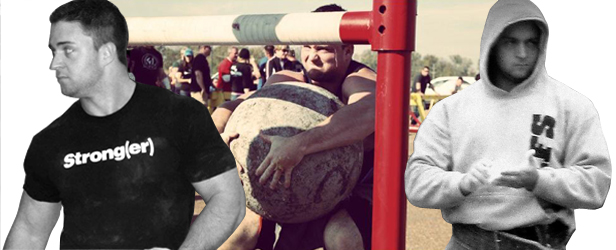
In recent years, strength and conditioning has became more and more popular among the soccer populations. The benefits have been seen in many other sports, and it’s finally showing up in soccer.
In this article, I’m going to lay out the benefits of a strength program for the high school soccer player and provide a sample off-season strength program.
Why strength training?
It wasn’t too long ago that all coaches thought that lifting weights would make their athletes muscle bound and less athletic. That myth has since been debunked in every sport. It is now known that strength builds the foundation for all athletic qualities including relative body strength, which is the most important for athletes. Your strength in relation to your own body weight is the cornerstone for quickness, speed, and jumping ability. The stronger you are in relation to your body weight, the more you will outperform your weaker counterparts.
At the high school level, if you have two evenly skilled/talented soccer players, the one who is stronger will always outperform the weaker. What does that mean for you? If you’re a soccer player, that means you need to get stronger. If you’re a coach, that means your team needs to get stronger.
Another great benefit of strength training for the soccer player is injury prevention. I don’t care how good of a soccer player you are. You can’t do much for your team if you’re injured. Athletes who strength train have fewer injuries, and if they are injured, they usually come back more quickly. The reasoning behind this is that strength training strengthens muscle attachments, tendons, and ligaments and increases bone density.
As a soccer player, you need to be strong and powerful. If you are, you will be explosive and have a quick, powerful step. You also need upper body strength and power. Upper body strength may not seem important at first glance, but soccer is a very physical sport. There are times when you have to hold your own with the upper body against an opponent as you fight over the ball. If you’re weak, you will get overpowered every time. Upper body strength and power also come into play with throw-ins.
The program that I’ve laid out for this article is a three-day split. It is to be done on three nonconsecutive days of the week. It’s very important that there is at least one day of rest in between these workouts.
Exercise pairings are straight sets. Complete one exercise before moving on to the next. Exercise pairings such as 2A and 2B are alternating sets. Perform one set of the first exercise, rest, perform one set of the second exercises, rest, and repeat. The following workouts should take around one hour to complete.
Day 1
Foam rolling
Dynamic warm up
1. Box jumps, 4 X 3
2. Overhead medicine ball wall slams, 3 X 5
3. Front squats, 3 X 5–8
4A. Incline dumbbell presses, 3 X 6–10
4B. Chin-ups, 3 X 6–10
5. Reverse crunches, 3 X 10–15
Day 2
Foam rolling
Dynamic warm up
1. Push presses, 4 X 3
2. Trap bar deadlifts, 3 X 5–8
3A. Push-ups (or advanced variation), 3 X 10–15
3B. Inverted rows, 3 X 10–15
4. Face pulls, 3 X 15
5. Planks, 3 X 30–45 seconds
Day 3
Foam rolling
Dynamic warm up
1. Lunges, 2 X 10–12
2. Single leg squats, 3 X 8
3A. Dips, 3 X 8–12
3B. Seated rows, 3 X 8–12
4. Medicine ball twist/slam, 2 X 10
After looking at the above workouts, some of you may be thinking, “This doesn’t look too sport-specific.” Without going on a tangent, I will say this. The term “sport-specific” has been blown way out of the water in recent years. Mimicking a sport movement exactly in the weight room is not a smart idea. It’s also not a good idea to balance on Bosu balls and whatever else may seem “sport-specific” to some. These are gimmicks (and can be very dangerous).
Using similar movement patterns and developing strong, powerful muscles that are used in the sport is beneficial. The strength and power you gain from training is sport specific when you apply it while playing and practicing your sport. I guarantee that if you apply the workout above, you will see a definitive difference in your game performance.








